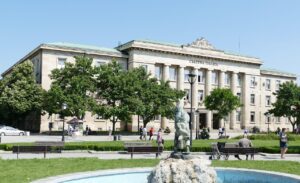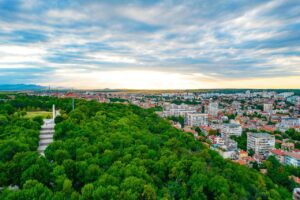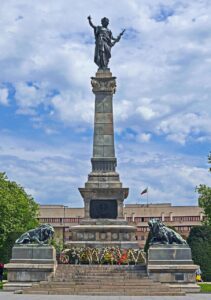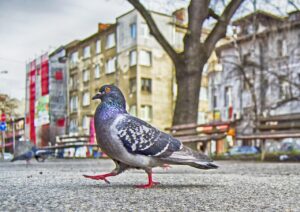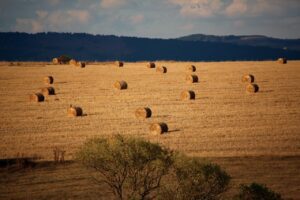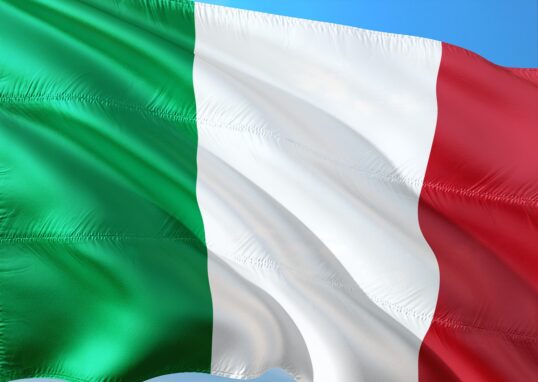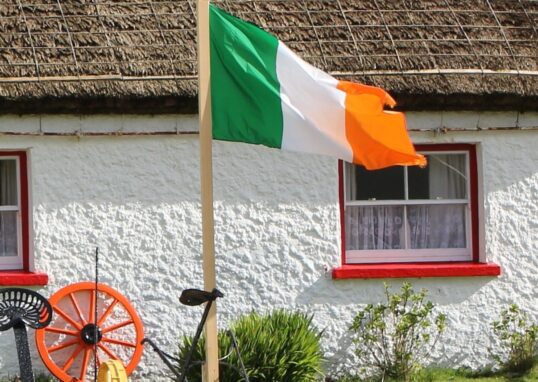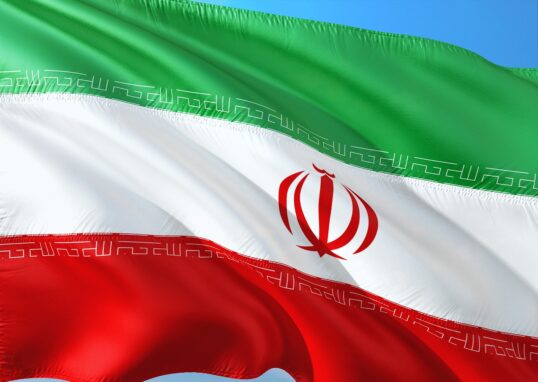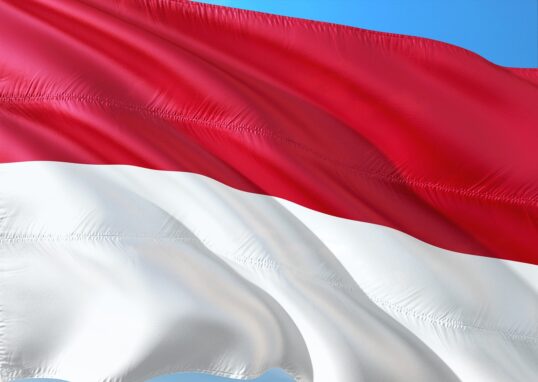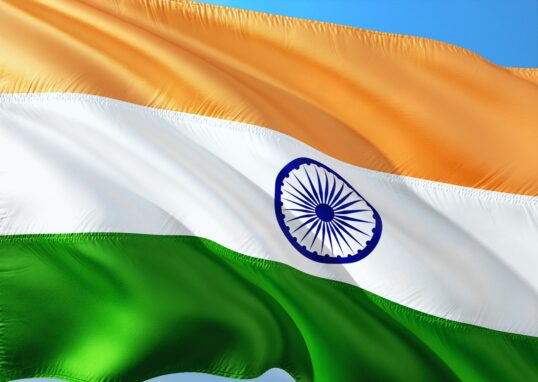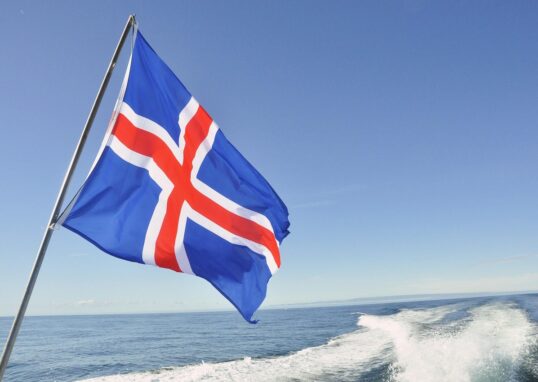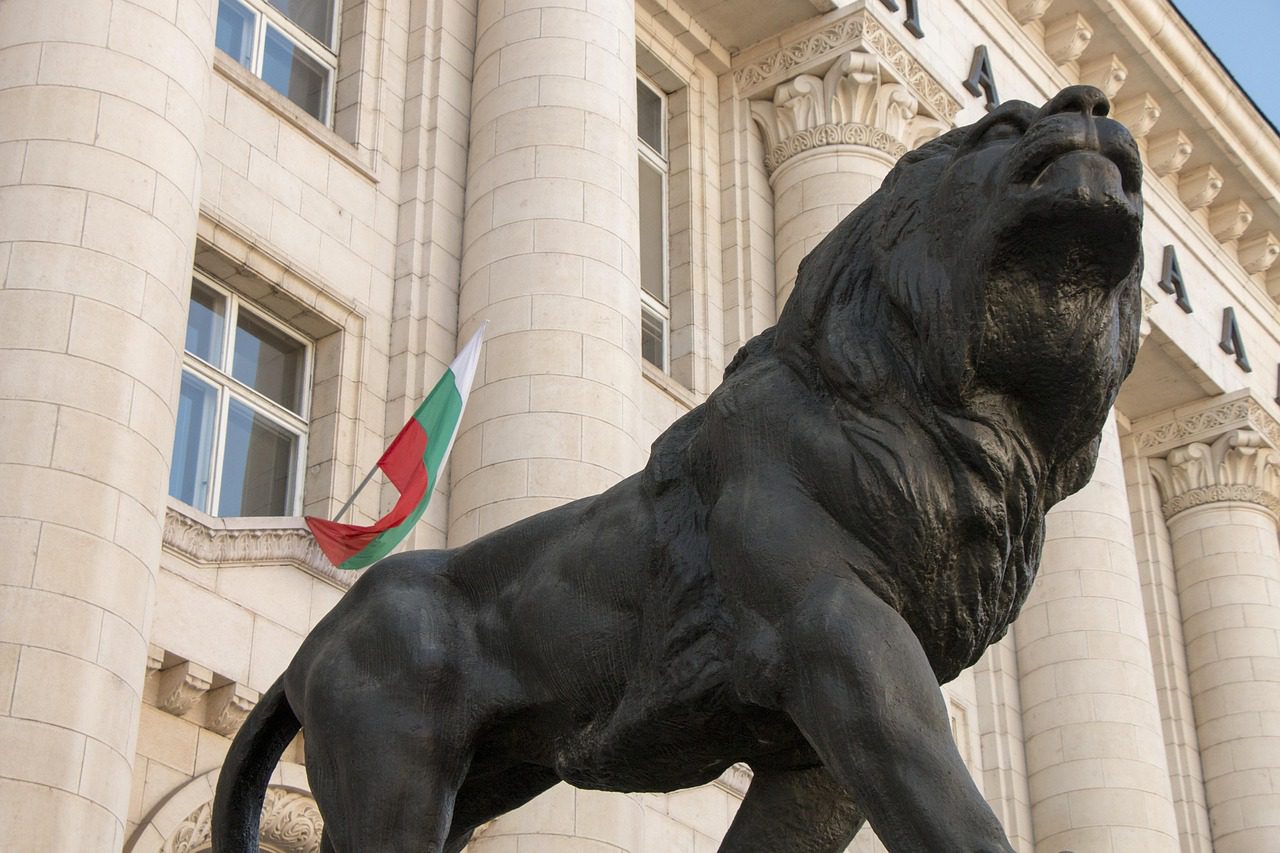
Bulgaria – The Land of Mountains, History, and Warm Hospitality
Bulgaria is a very ancient country. It is located in Southeastern Europe, on the Balkan Peninsula. The country is renowned for its colorful history, beautiful mountains, ancient cities, and welcoming people. It is a land where old customs blend with modern life. Bulgaria connects Europe and Asia geographically. Bulgaria shares borders with Romania to the north, Serbia and North Macedonia to the west, Greece and Turkey to the south, and the Black Sea to the east. Its geographical position made Bulgaria an important crossroads for empires, civilizations, and cultures. Bulgaria is a land of contrasts. White mountains rise out of valleys of green, and medieval monasteries are near modern cities. Its culture combines Thracian, Greek, Roman, Slavic, and Ottoman influences. Travelers appreciate pretty beaches, nature reserves, old villages, and holiday festivals. The capital city, Sofia, is the core of the nation — modern with its rich history. But this is not where Bulgaria’s charm ends. There is something and everything in every part.
Geography of Bulgaria
Bulgaria is a very diverse land in landscape terms. The Balkan Mountains (Stara Planina) run from west to east along the country’s middle. They gave the name Balkan Peninsula. To the south of the Balkans lie the Rhodope Mountains, famous for their forests and legends. The Danube River creates most of Bulgaria’s border with Romania in the north. The river is an important watercourse, connecting Bulgaria with Central and Eastern Europe. To the east lies the Black Sea Coast, which has sandy beaches and resort towns. The coastline is around 378 kilometers long and is one of the biggest tourist spots in the nation. The weather is mostly continental, with hot summers and cold winters. In the mountains, the weather is fresh and clean, while along the coast, there are mild temperatures.
A Glimpse into History
Bulgaria’s history is rich and diverse. It is one of ancient tribes, mighty kingdoms, and ages of survival.
Ancient Thrace
In the territory before it became a nation, there were inhabitants known as the Thracians. They were an ancient Indo-European people. They were excellent fighters, farmers, and artists. The famous Thracian tombs excavated near Kazanlak and Sveshtari show their advanced culture and faith in an afterlife. The Thracians were subsequently conquered by the Greeks, then made part of the Roman Empire during the 1st century BCE. The Roman cities like Philippopolis (Plovdiv) were great centers of culture and commerce.
The First Bulgarian Empire (681–1018)
The first Bulgarian state was founded in 681 CE by Khan Asparuh. It became one of the most powerful kingdoms of Eastern Europe soon after. The capital was centered at Pliska, then later at Preslav. With the reign of Tsar Simeon the Great (893–927), Bulgaria was at its peak culturally and politically. In this time, the followers of Saints Cyril and Methodius created the Cyrillic alphabet. It then became a basis of Slavic culture and literacy. Religion too played a significant part. Christianity was adopted by Bulgaria in 865 CE, during the rule of Prince Boris I, making it the first of Europe’s Christian states.
The Byzantine Rule
After internal conflicts and conquests, the First Bulgarian Empire was defeated by the Byzantine Empire in 1018. Bulgaria was ruled by the Byzantines for nearly two centuries. The spirit of independence never faded, however. The Bulgarians still maintained their language, religion, and traditions.
The Second Bulgarian Empire (1185–1396)
In 1185, Tsar Peter and Tsar Asen led a successful rebellion against Byzantine rule. They established the Second Bulgarian Empire, which had its capital at Veliko Tarnovo. This is typically known as the Golden Age of Bulgarian Art and Architecture. There were a number of beautiful monasteries, churches, and literary works that were created. There was expanding trade, and the empire was a powerful force within the Balkans.
Ottoman Period (1396–1878)
In 1396, Bulgaria joined the Ottoman Empire. Bulgarians were governed by foreigners for almost five centuries. However, they held onto their language, religion, and culture despite folklore, music, and family customs. Most of the monasteries, including Rila Monastery, developed as institutions of learning and source of national pride. The Bulgarian National Revival began in the 18th century and inspired people to seek freedom and cultural rejuvenation.
Liberation and Modern Era
Bulgaria was liberated in 1878 after the Russo-Turkish War. The Treaty of San Stefano created a big Bulgarian state, but the Berlin Congress reduced it to size. The Bulgarian Kingdom was officially proclaimed in 1908 with the first king Ferdinand I. The 20th century was marked by wars, political reforms, and the introduction of communism after World War II. Communism fell peacefully in 1989, and the nation became a democratic republic. Bulgaria joined the European Union in 2007 but still retained its strong national character.
Culture and People
Bulgaria is a rich, colorful, and culturally charged country. Bulgarians are renowned for their hospitality and warmth. Every day is filled with traditional cuisine, music, and dance.
Language and Religion
The Cyrillic script is the official script, and the main language is the Bulgarian language. The prevailing religion is Eastern Orthodox Christianity, with a small Muslim and Catholic minority.
Festivals and Traditions
Bulgarians love to celebrate. One of the most unique traditions is Kukeri, where people wear costumes and masks to ward off evil spirits in winter. Another tradition is Martenitsa, observed on 1st March. People exchange red and white strings as symbols of good health and happiness. There is the Rose Festival in Kazanlak, which marks the famous Bulgarian rose, utilized in perfuming.
Cuisine
Bulgarian food is delicious and varied. It is a mix of Mediterranean, Balkan, and Middle Eastern flavors. The most common Bulgarian foods are:
- Shopska salad – tomatoes, cucumbers, onions, and white cheese.
- Banitsa – cheese or spinach filled pastry baked.
- Kebapche – minced meat rolls grilled.
- Tarator – summer cold yogurt and cucumber soup.
- Baklava – nut and honey dessert. Yogurt is a national pride. Bulgaria is the native land of Lactobacillus bulgaricus bacteria used in yogurt worldwide.
Economy of Bulgaria
Bulgaria’s economy is hybrid — it combines industry, agriculture, and tourism. The leading industries are machinery, textiles, information technology services, and mining. Rose oil, wine, and milk products are manufactured locally and exported. The Black Sea beaches attract millions of tourists annually. Varna and Burgas are key ports and resort towns. There has been a recent trend towards Bulgaria as a hub for technology start-ups and outsourced business due to its low cost and skilled labor force.
Tourism in Bulgaria
Tourism provides substantial contribution towards the growth of Bulgaria. There is something for everyone in Bulgaria — beaches, mountains, historic sites, and cultural festivals.
Sofia – The Capital City
Sofia is the oldest European city. It has coexisting modern living with history. Must-visit places are:
- Alexander Nevsky Cathedral – world’s largest Orthodox church.
- Boyana Church – UNESCO site featuring 13th-century frescoes.
- Vitosha Mountain – perfect for ski resorts and trekking.
- National Palace of Culture – events and exhibition hub. Sofia’s streets blend Roman ruins and modern cafes, forming a charming city scene.
Plovdiv – The City of Seven Hills
Plovdiv is an old and always occupied city in Europe. It is older than 8,000 years. Plovdiv’s Old Town features vibrant 19th-century houses, cobblestone streets, and Roman ruins. The Roman Theater of Plovdiv, built in the 1st century CE, is still operational for concerts and festivals. In 2019, Plovdiv was declared the European Capital of Culture.
Veliko Tarnovo – The Medieval Capital
The former capital of the Second Bulgarian Empire, Veliko Tarnovo is located on the Yantra River, surrounded by hills. The fortress of Tsarevets stands towering over everything else, reminding guests of Bulgaria’s monarchic past. Traditional crafts and local stores are preserved in the Samovodska Charshiya street. It’s the place to be to experience old Bulgaria.
Rila Monastery
Rila Monastery is the most famous Bulgarian monastery and a World Heritage Site recognized by UNESCO. It was founded in the 10th century by St. John of Rila. The monastery’s richly colored frescoes, arches, and icons make it a piece of art in Bulgarian architecture. It is situated atop the Rila Mountains and offers peace and nature’s beauty.
Black Sea Resorts
The Black Sea Coastal area is a favorite summer resort. Favorite resorts are:
- Sunny Beach – vibrant with nightclubs, restaurants, and hotels.
- Golden Sands – renowned for clean beaches and family resorts.
- Nessebar – historic old town and UNESCO world heritage, churches and cobblestone streets.
- Sozopol – historic old town with seafood restaurants and beaches.
The Seven Rila Lakes
In the Rila Mountains, the Seven Rila Lakes greet trekkers and photographers. The lakes are named after their shape — “The Eye,” “The Tear,” and “The Kidney.” The landscape is breathtaking, especially in summer when wildflowers bloom along the trails.
Bansko and Pamporovo – Ski Resorts
Bulgaria has become one of Eastern Europe’s top ski resorts. Bansko, in the Pirin Mountains, features modern ski facilities and cozy hotels. Pamporovo, located in the Rhodope Mountains, is suitable for beginners and families. It’s less expensive than Western Europe, making prices more attractive to foreign tourists.
Kazanlak and the Valley of the Roses
Kazanlak is renowned for its Valley of the Roses. The city honors the harvest of Bulgarian rose used in perfumes annually every June by organizing a Rose Festival. Nearby lies the UNESCO World Heritage-listed Thracian Tomb of Kazanlak, with the detailed 4th-century BCE murals.
Varna and Burgas
These are the main Black Sea ports of Bulgaria.
- Varna is called the “Sea Capital” of Bulgaria. It has museums, parks, and beaches. The Varna Archaeological Museum houses the world’s oldest treasure of gold. Burgas is a tranquil town with sea promenades, art galleries, and lakes around it full of birdlife.
Pirin National Park
This national park, a UNESCO site, has glacial lakes, pine forests, and species that are under threat. It’s perfect for trekking, camping, and exploring Bulgaria’s unspoiled beauty.
Surrounding Countries and Nearby Attractions
Bulgaria shares borders with amazing destinations, so it is a perfect place for local discoveries.
- Romania: To the north, where the Danube River flows. Stop over in Bucharest and the Carpathian Mountains.
- Serbia: To the west, where Belgrade and vibrant music culture are found.
- North Macedonia: Where Lake Ohrid and ancient monasteries wait.
- Greece: To the south, where Thessaloniki, Meteora, and Aegean beaches beckon.
- Turkey: To the southeast, with Istanbul nearby, a cross between East and West.
- Bulgaria’s central position makes it possible to visit many countries in one holiday.
Surrounding Places and Attractions in Detail
There are so many spots surrounding Bulgaria.
The Balkan Mountains
They stretch from Serbia to the Black Sea. Troyan, Etropole, and Chiprovtsi specialize in handicrafts. Waterfalls, trails, and wildlife like bears and eagles are present in the Central Balkan National Park.
The Rhodope Mountains
Legend says that this is where the ancient musician Orpheus was born. The area is rich in folklore and music. Villages such as Shiroka Laka and Smolyan boast traditional architecture. The Cave of the Devil’s Throat and Yagodina Cave attract adventurers and nature lovers.
Danube River Region
The Danube plain to the north of Bulgaria features fertile plains and rural towns like Ruse and Vidin. The strange rock formations near Belogradchik Rocks, off Vidin, of giant statue-like formations. The nearby Baba Vida Fortress provides historic interest.
The Black Sea Coast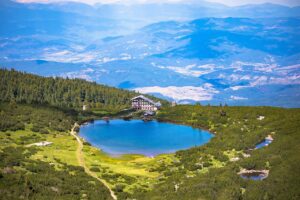
Smaller coastal villages like Sinemorets and Ahtopol offer peaceful retreats other than the big resorts. Cape Kaliakra’s cliffs and mythology are another place to visit.
Plovdiv Region
Outside Plovdiv, there are excursions to Bachkovo Monastery, Bulgaria’s second-largest. It lies between mountains and is renowned for 11th-century icons. Wine regions around it make some of Bulgaria’s best wines.
Sofia Countryside
There are day-trip distance walks in Vitosha Nature Park or the Boyana Waterfall, close to Sofia. The Dragalevtsi Monastery and Iskar Gorge are suitable day-trip destinations as well.
Conclusion
Bulgaria is a land where nature, history, and culture blend in perfect harmony. From white mountains to ancient Thracian tombs, from golden sands to rose gardens, it offers endless beauty. It is a place where travelers can walk through history, enjoy modern-day comfort, and feel true Balkan hospitality. Whichever way one walks through the Sofia streets, climbs the Rila, or basks on the Black Sea, Bulgaria leaves an unforgettable impression in the heart. At every corner of the country, the spirit of Bulgaria shines — proud, serene, and welcoming to everybody.

